This article was co-authored by LaTricia Brown. LaTricia Brown is a Master Tailor and Designer and the Owner of Trish B. Stylin' based in the Savannah, Georgia metro area. LaTricia has over a decade of experience including bridal design, men's and women's clothing design, and fashion show directing. She has a BFA in Fashion with a minor in Accessory Design from the Savannah College of Art and Design (SCAD). LaTricia has worked with W Magazine in New York City and has assisted with the personal styling of P. Diddy. She has also assisted the development of Sean John's 10-Year Anniversary Collection and appeared in the filming of Diddy's "If I Were King" Documentary.
This article has been viewed 19,665 times.
Know how to measure for a petticoat is important, whether you are buying one or making one. A petticoat that is too long will peek out from under your dress, while one that's too short won't give you the correct profile. A petticoat must also be just the right fullness; one that's too big will make your dress look too tight!
Note: this is only how to measure for a petticoat; if you'd like to make one instead, read this wikiHow instead.
Steps
Measuring for a Bridal or Formal Petticoat
-
1Put your dress onto a dress form. If you don't have a dress form, hang the dress up so that the skirt part can hang freely without bunching up. Alternatively, you can spread your dress out onto a clean floor or a large table.
-
2Measure the length of the skirt. Use a tape measure to measure from the waist of the skirt down to the hem. Make sure that you are measuring from the front-center of the skirt.[1]Advertisement
-
3Subtract a few inches/centimeters from the length. Ideally, the petticoat should be 1 to 2 inches (2.54 to 5.08 centimeters) shorter than the dress. This will prevent the petticoat from peeking out under the dress while you walk or move.
-
4Measure the circumference of the skirt. Start by measuring along the bottom hem of the skirt, from side seam to side seam. Multiply that measurement by the number of panels your dress has. Some dresses have two panels, while others have four.[2]
-
5Subtract from the width, if needed. If your dress already has a slip or crinoline built in, you need to take this into consideration.[3]
-
6Shop for the petticoat. Look for a petticoat that matches your width measurement. The length measurement comes next. If you can't find a petticoat that is the right length, get one that's a little longer; you can always shorten it to the correct length.
- If possible, go to a physical store and bring your dress with you. Even with the correct measurements, there is no guarantee that the petticoat will look right.
Measuring for a Historical Petticoat
-
1Adjust your dress form to the correct height and measurements. Put on the shoes and corset you will be wearing with the costume first. Measure your height, waist (the narrowest part indicated by the corset), and hips (the widest part). Adjust the measurements on your dress form accordingly. Take the corset and shoes off when you are done.[4]
- When you are taking your measurements, it is most convenient to do in front of a full-length mirror.
- Your dress form must be adjusted to your measurements in costume.
- If you don't have a dress form, get a friend to help you take the measurements. Leave the corset and shoes on.
-
2Put all of the underpinnings onto your dress form. Place any crinolines, cages, or bustles you'll be wearing onto the dress form. If you are going to be wearing any bum rolls with the costume, be sure to put those on too.[5]
- If you don't have a dress form, put all of your underpinnings on. Have your friend ready to take measurements.
- Have your dress handy as well. You will need it to determine the final length of your petticoat.
-
3Measure from the waist down to where you want the petticoat to end. The petticoat needs to be long enough to cover your underpinnings without peeking out from under the hem of your dress. It can reach the hem of the underpinnings, or go just past them. You'll need to measure the front-center, back-center, and both sides of the underpinning.[6]
- For a basic petticoat, without anything underneath, measure from the waist down to 2 to 5 inches (5.08 to 12.7 centimeters) above the dress's hem.[7]
-
4Add 1½ to 2 inches (3.81 to 5.08 centimeters) to your length measurements. This will allow for hem and seam allowances. If your pattern calls for different hem and seam allowances, then adjust the length accordingly.[8]
-
5Figure out the width of the petticoat. The petticoat should be a little bit narrower than your skirt, even if you are making a tiered or ruffled petticoat. The easiest way to do this is to measure the width of your skirt's hem, then subtract a few inches/centimeters. You want the petticoat to fill the dress out without stretching it. Making it a little bit smaller will prevent this from happening.[9]
-
6Figure out the width of each panel, if needed. If you are making a basic, single-piece petticoat, you can skip this step, as the previous measurement will be enough. If you are making a two or four-paneled petticoat that will be gathered, you'll need to adjust the following measurements:[10]
- The front and side panels should each be a quarter of your waist measurement.
- The back panel needs to be half of your waist back to accommodate gathering.
- Add seam allowances to each panel. In most cases, this will be ½ inch (1.27-centimeters).
Things You'll Need
Measuring for a Bridal or Formal Petticoat
- Dress form (optional but recommended)
- Measuring tape
- Dress to be worn
Measuring for a Historical Petticoat
- Dress form
- Dress, corset, and shoes to be worn
- Underpinnings (crinoline, bustle, bum roll, etc.)
- Measuring tape
References
- ↑ http://www.perfect-wedding-dress-finder.com/bridal-petticoat.html
- ↑ http://www.perfect-wedding-dress-finder.com/bridal-petticoat.html
- ↑ http://www.perfect-wedding-dress-finder.com/bridal-petticoat.html
- ↑ http://blog.americanduchess.com/2011/02/how-to-make-18th-century-petticoat.html
- ↑ http://blog.americanduchess.com/2011/02/how-to-make-18th-century-petticoat.html
- ↑ https://teainateacup.wordpress.com/tag/bustle/
- ↑ http://historicalsewing.com/petticoat-lengths-and-widths
- ↑ http://blog.americanduchess.com/2011/02/how-to-make-18th-century-petticoat.html
- ↑ http://historicalsewing.com/petticoat-lengths-and-widths
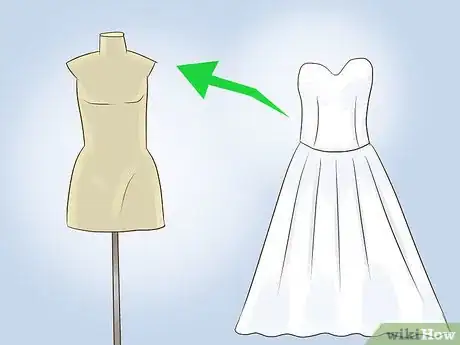
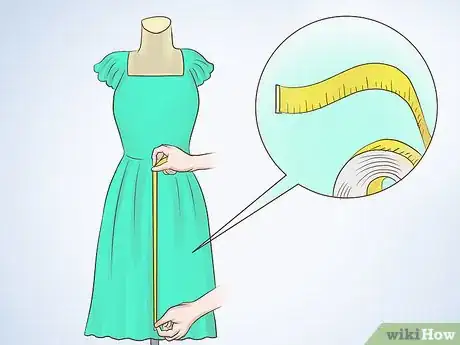

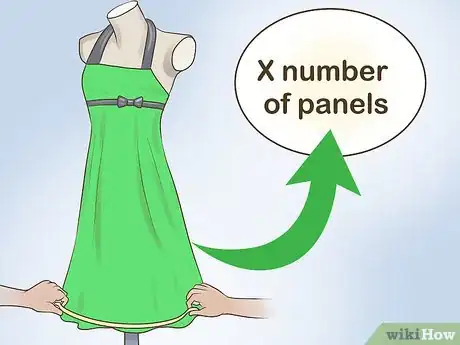



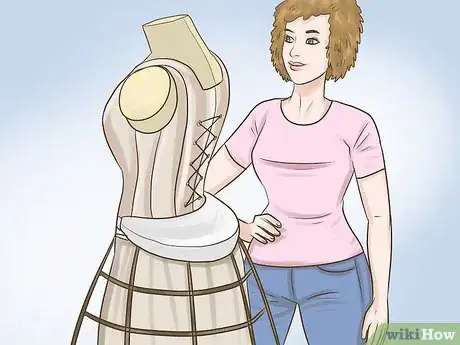
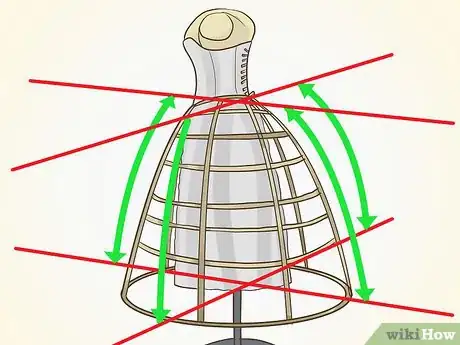
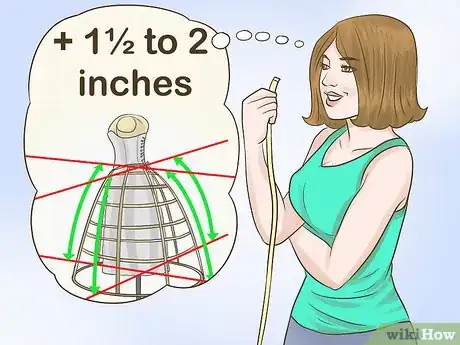

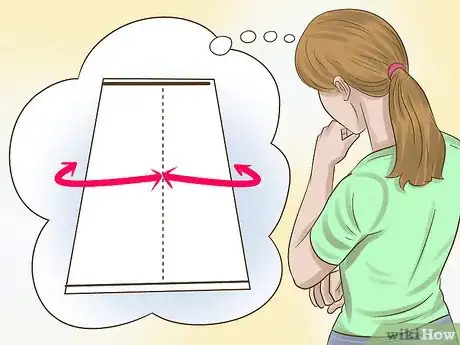




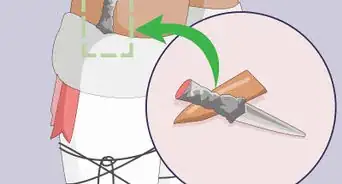
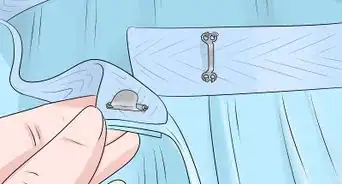

-Step-13.webp)

-Step-5.webp)














































